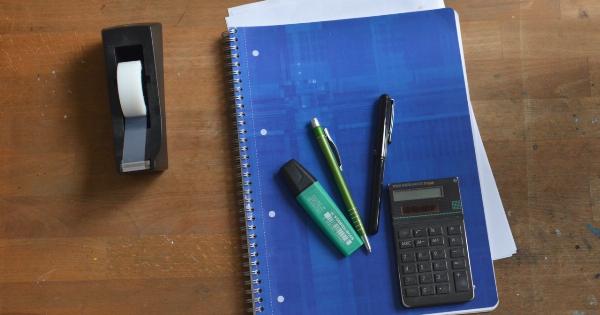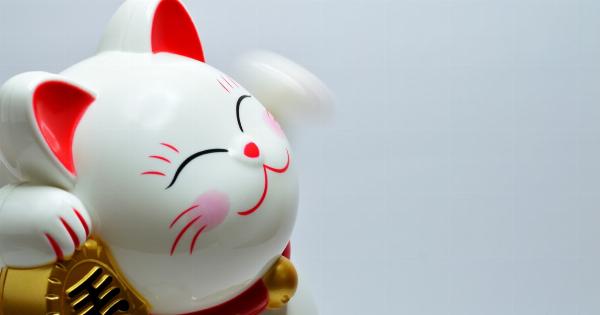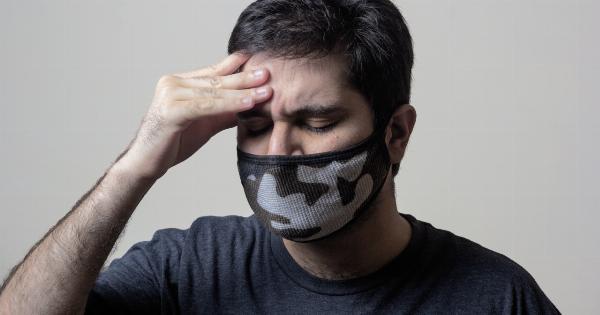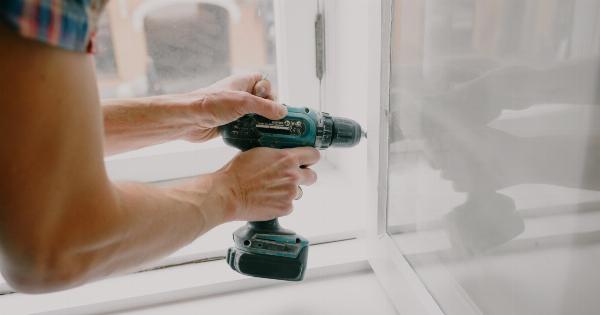Stress is an inevitable part of life that affects almost everybody at some point. It can have a negative impact on both our physical and mental well-being.
While there are various conventional ways to manage stress, such as exercise and relaxation techniques, there are also some unconventional methods that can be surprisingly effective. In this article, we will explore four unconventional stress-busting techniques that you can try to help alleviate the pressures of daily life.
1. Laughter Yoga
Laughter Yoga is a unique practice that combines laughter exercises with deep yogic breathing. It was developed by Dr. Madan Kataria, a physician from India, who believed in the therapeutic power of laughter.
Laughter has been shown to boost endorphins and reduce stress hormones, leading to an overall sense of well-being. In Laughter Yoga sessions, participants engage in laughter exercises, often for no reason other than to laugh. This practice can help release tension and promote a positive outlook.
2. Cryotherapy
Cryotherapy involves exposing the body to extremely cold temperatures, usually through whole-body cryotherapy chambers. The cold temperatures in these chambers can reach as low as -200 degrees Fahrenheit.
While it may sound intimidating, cryotherapy has gained popularity among athletes and celebrities for its potential benefits in reducing inflammation and stress. The short bursts of extreme cold are believed to trigger the release of endorphins, providing a natural high and helping to combat stress.
3. Art Therapy
Art therapy is a creative and expressive approach to stress management. Engaging in art activities, such as painting, drawing, or even coloring, can help individuals relax and focus their minds.
Art therapy allows people to express their emotions and thoughts in a non-verbal way, which can be particularly helpful for those who struggle to articulate their stress or anxiety verbally. The process of creating art can be calming and meditative, providing a much-needed escape from everyday stressors.
4. Floatation Therapy
Floatation therapy, also known as sensory deprivation, involves floating in a tank filled with warm water and Epsom salt, allowing the individual to effortlessly float on the surface.
The tanks are designed to minimize sensory input, creating an environment free from external distractions and stimulation. This form of therapy promotes deep relaxation by relieving pressure on the joints and providing a weightless sensation.
The absence of sensory stimulation allows the mind to enter a deeply meditative state, reducing stress and improving overall well-being.
Conclusion
While conventional stress management techniques are undoubtedly effective, it can be beneficial to explore alternative methods as well.
Laughter Yoga, cryotherapy, art therapy, and floatation therapy are just a few examples of unconventional approaches to stress reduction. These techniques offer unique ways to relax, release tension, and find inner peace. If you find that traditional methods are not working for you, consider giving these unconventional techniques a try and discover which ones resonate with you the most.






























